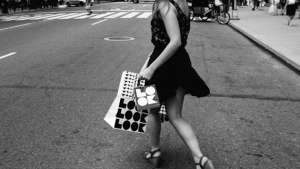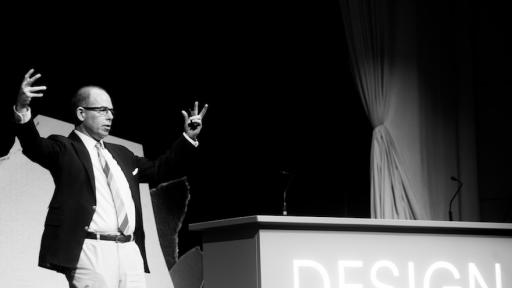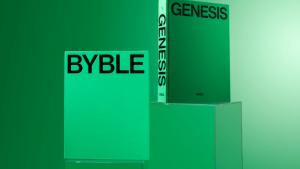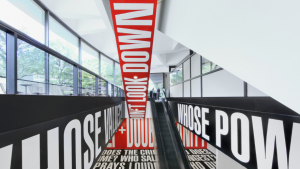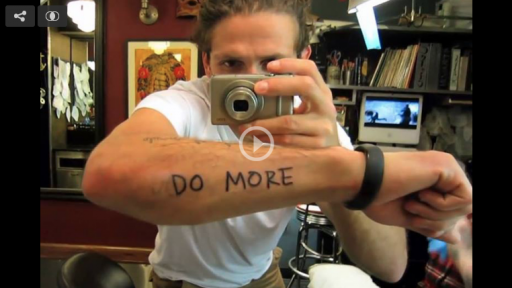From the Series
Michael Bierut is no stranger to writing about design. But writing about his own work didn’t come easy. “I’ve never done a book on my work. It’s uncomfortable, because it is hard to look at it all squarely and think, ‘Is this worth putting all together? Does it all add up to something?’”
It was only upon finding out that the School of Visual Arts in Manhattan was planning an exhibition dedicated to his work (which takes place this October) that Bierut was persuaded by his publishers, Thames & Hudson, to put a retrospective book together.
The result was the imaginatively titled How to: Use graphic design to sell things, explain things, make things look better, and (every once in a while) change the world, to be published in November this year and launched at Design Indaba Conference 2015.
Once he had an idea for how to put it all together he approached the task in a disciplined and deliberate way: he sat down every day – same time, same place, got through a certain number of words and had the book ready in three months for the publishers.
“Just to be paralised in front of a blank piece of paper – that doesn’t work. And then I realised, that’s actually how I design. That fear of making a mark wrong can stop you from making any progress at all. So almost every time I do a design project I say ‘OK – lets get all the bad ideas out of the way first’. You do a bad idea, and you know it’s a bad idea – but somehow accidentally in there is the key to something better.”
Bierut says he thought of the writing like he does his daily 5km run: “It’s just something you do.”
How to… encompasses 35 diverse projects, many of which have whole chapters dedicated to them. It also serves as a personal journal of Bierut’s life and career, from his childhood in Ohio, where people had “normal jobs” far-removed from creative industries, to joining Pentagram in New York where he has been a partner since 1990.
Writing the book was also an opportunity to reflect on the entire design process from brief to realisation. Bierut reveals that for him, the most interesting part of his work is when the design is out in the world.
“The thing that I think makes it really fascinating is that the design is always incomplete until it goes out in the world and people are using it who’ve never met you, who never saw the brief, who weren’t there to see the 20 versions. I think if you are a designer and that scares you, and you don’t take pleasure in that part, then I don’t think you can be a designer.”


